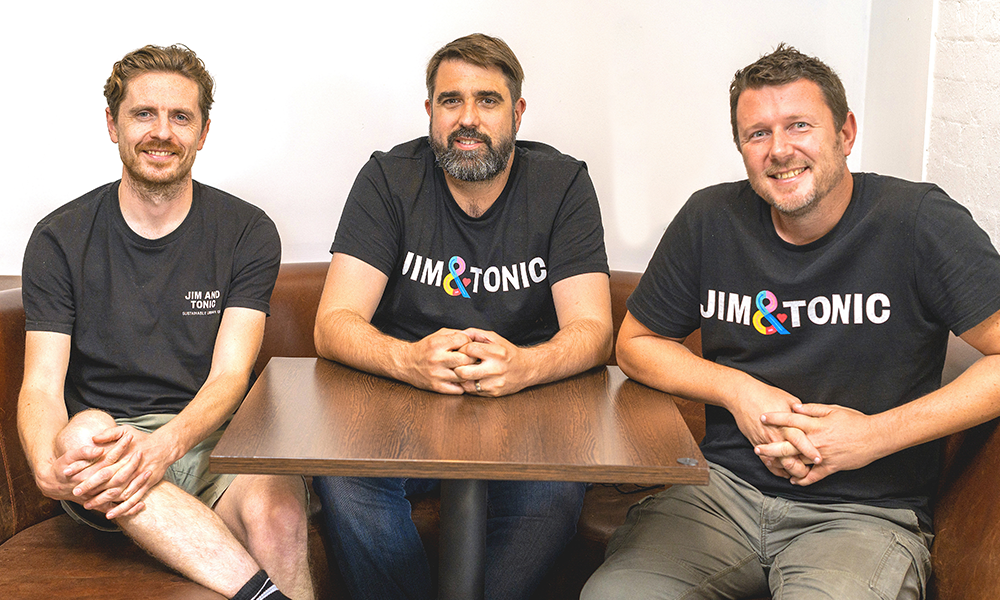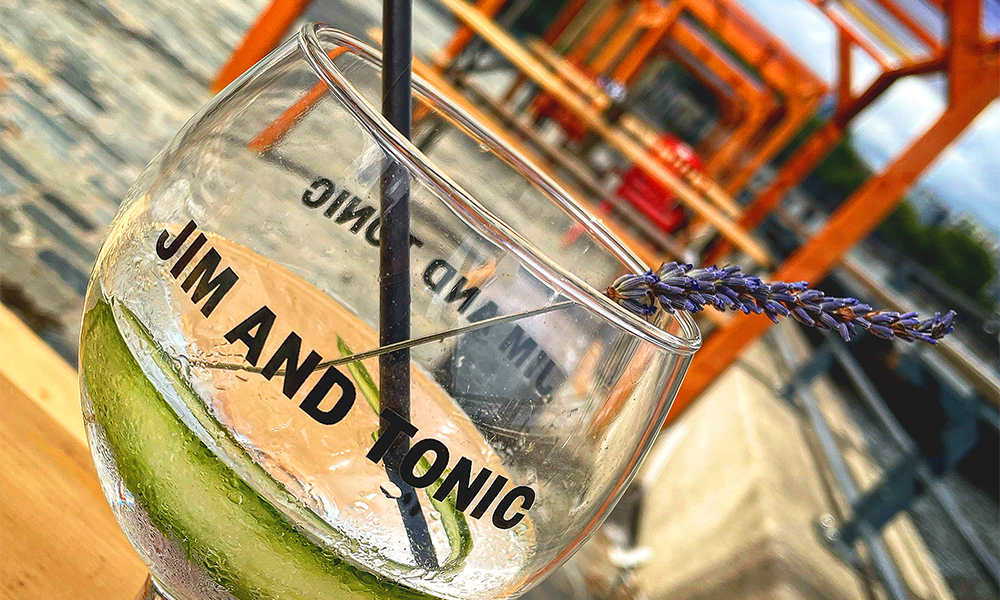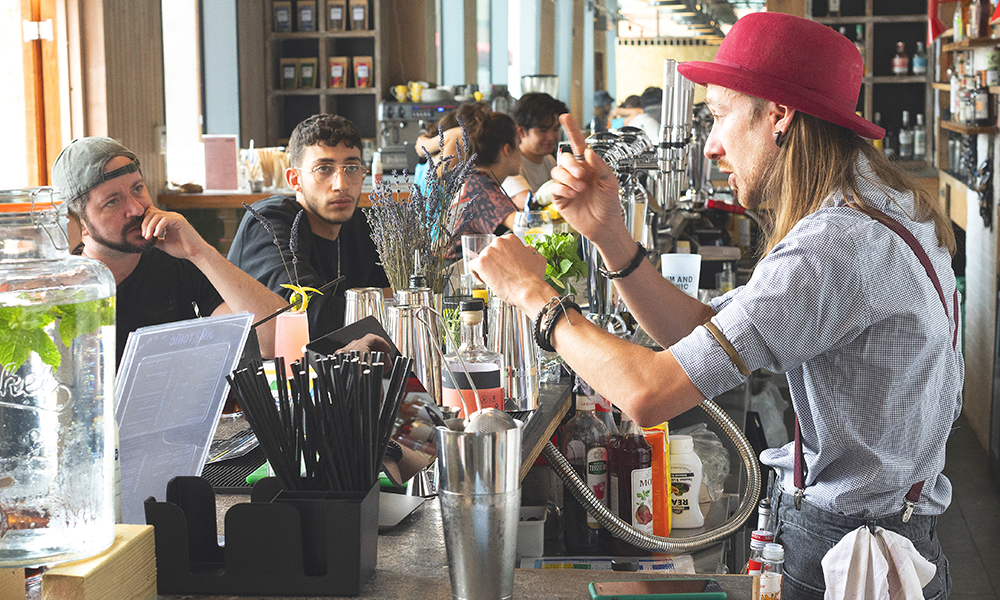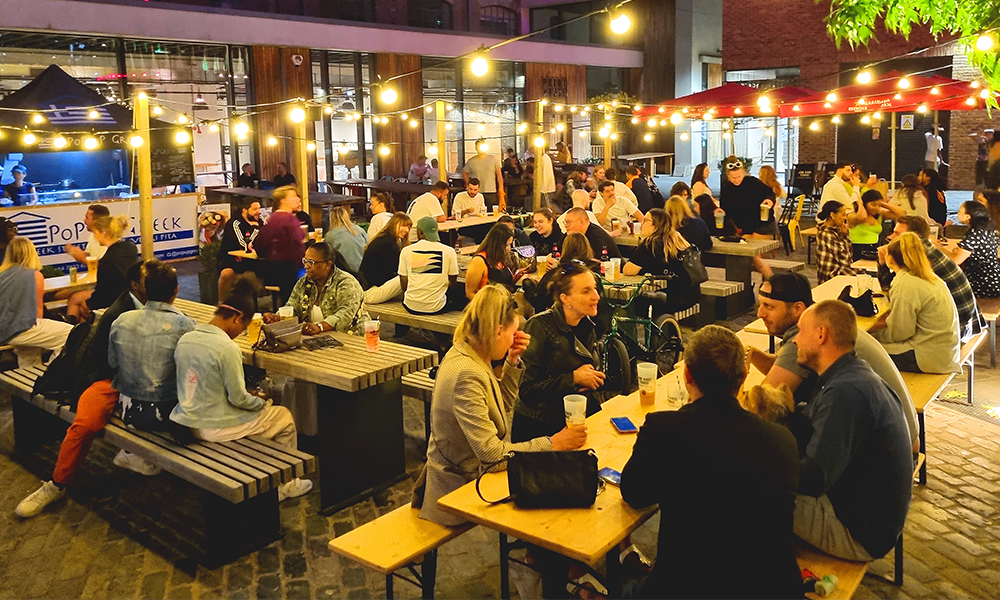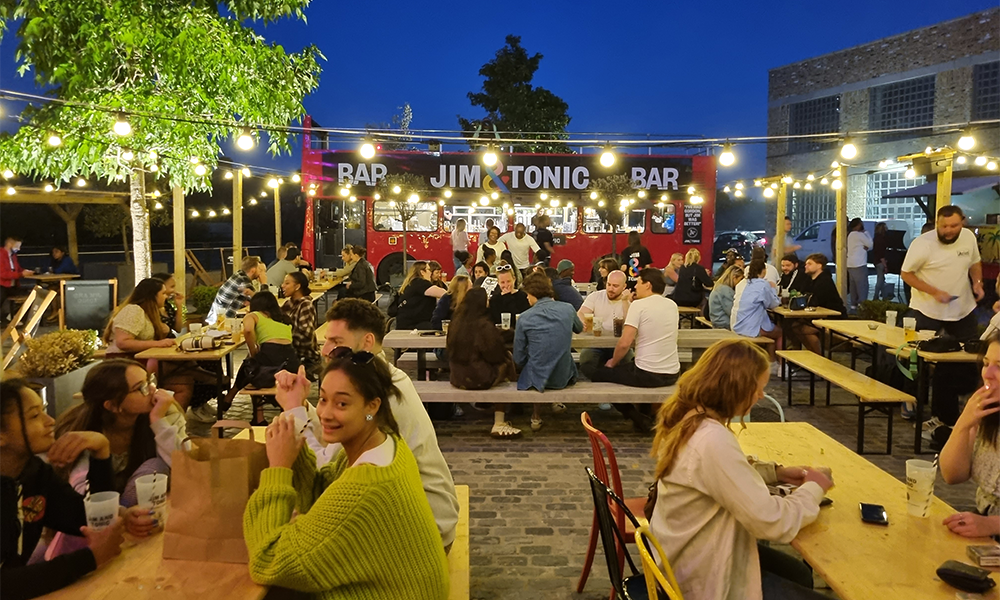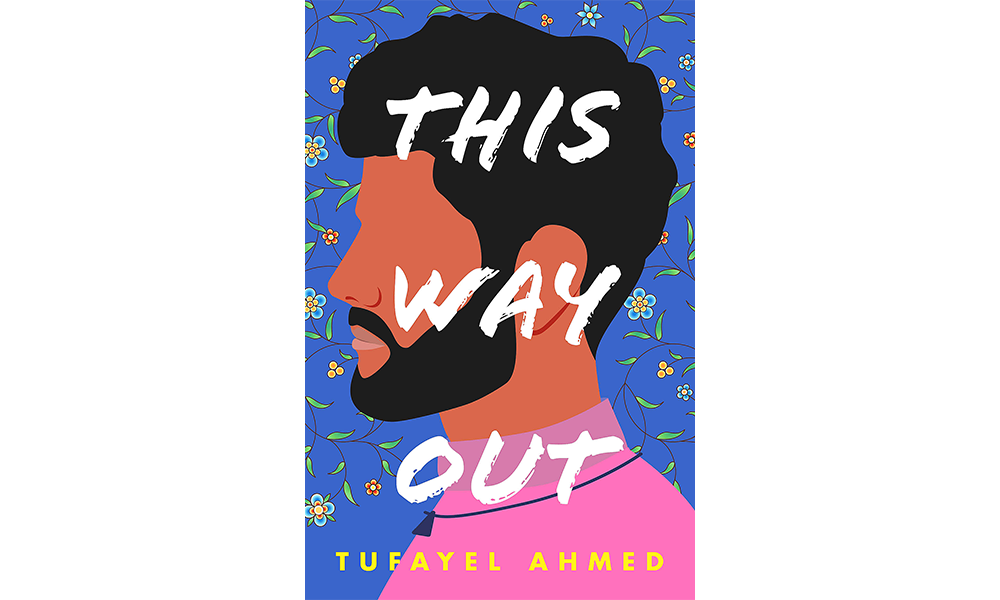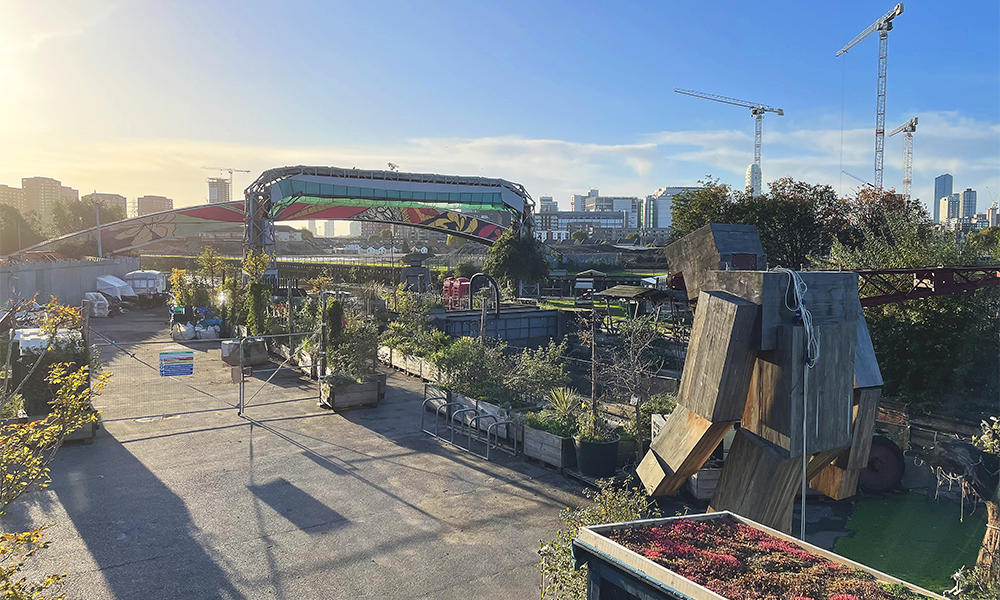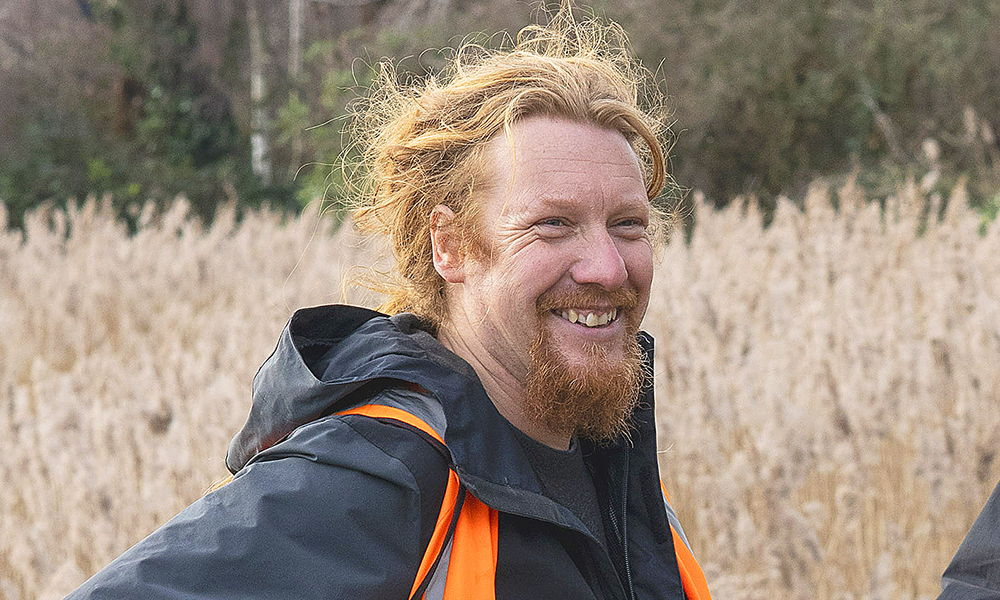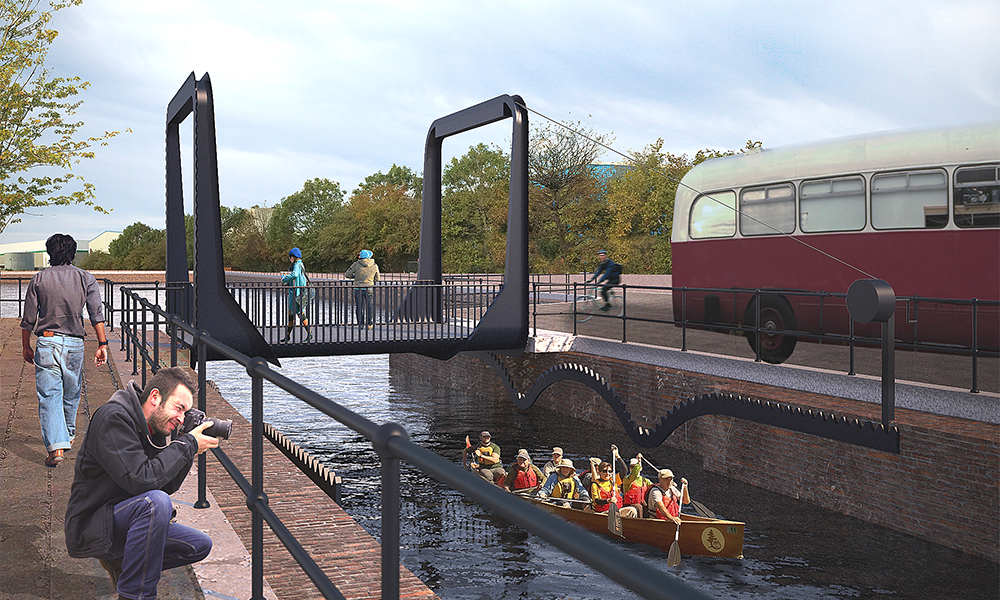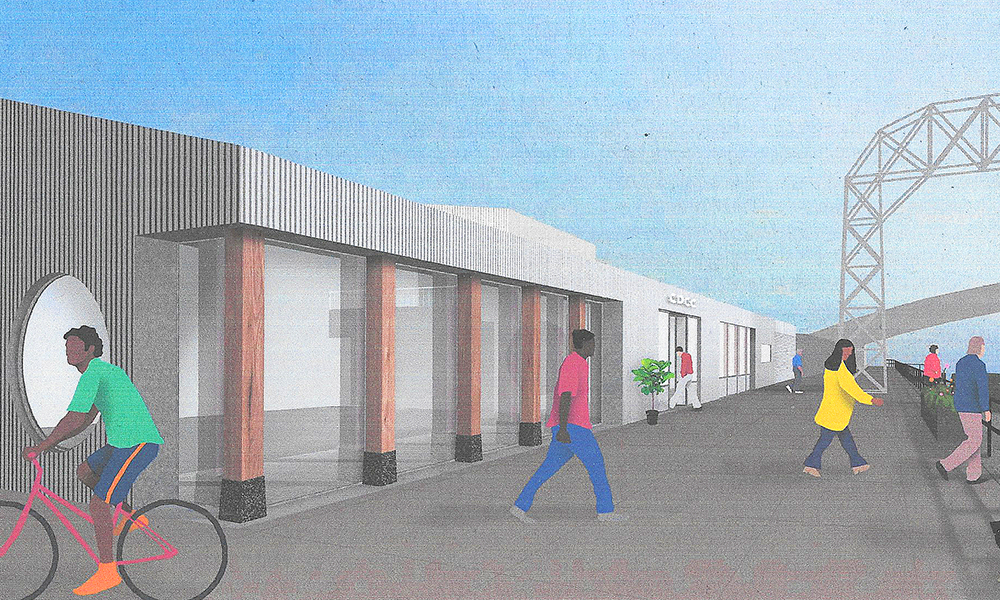Berkeley Group’s latest East End scheme comes with extensive amenities and a lots of green space
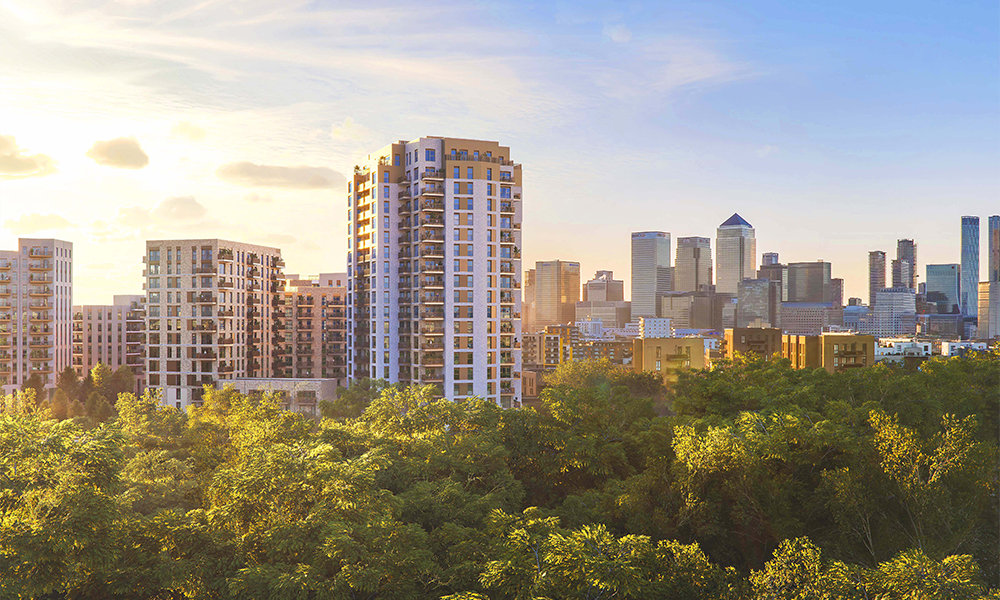
Subscribe to our free Wharf Whispers newsletter here
Integrated ovens with air fryer functionality, an Imax Enhanced cinema, a boxing ring, a botanical garden – Bow Green is not exactly short on stand-out resident amenities.
There’s a sense that developer St James – part of the Berkeley Group – has pulled out all the stops for its east London scheme.
However – while the underfloor heating, the indoor and outdoor swimming pools and a restaurant, with exterior tables shaded by living trees, are all significant pulls for buyers – there’s a deeper attraction too.
Berkeley isn’t new to this part of London, of course.
Its schemes include South Quay Plaza beside Canary Wharf, London Dock in Wapping, Poplar Riverside overlooking the River Lea and TwelveTrees Park next to West Ham station.
But Bow Green’s location – roughly in the middle of the triangle formed by the Wharf, Stratford and the City – sets it apart.
The site is at the centre of a wealth of green spaces, which have clearly been an inspiration for its architects and planners.
In the coming years, St James’ scheme will see up to 1,450 homes built on a patch of land off Bow Common Lane.
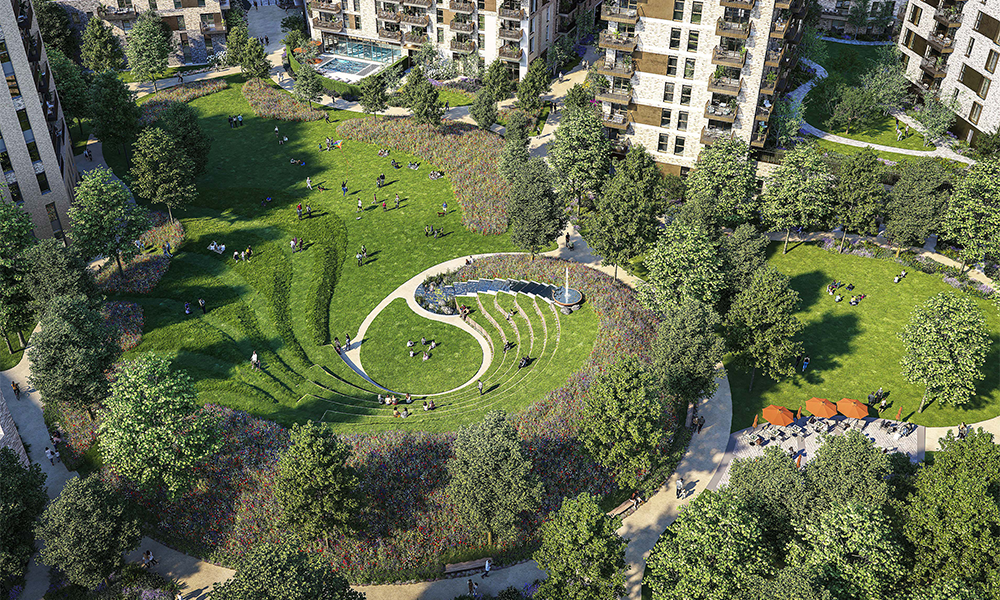
At its heart, a new public park will be created, with residential buildings arranged around the site’s perimeter.
Pathways and green corridors between them will allow easy access for pedestrians, cyclists and, doubtless, wildlife.
An abundance of green spaces radiate out from this epicentre – not least the sprawling acreage of Tower Hamlets Cemetery Park, Ackroyd Drive Greenlink and the emerald swathe of Mile End Park, which runs north to south along the Regent’s Canal.
Travel a little further and Bow Common and Bartlett Park lie to the south, while Victoria Park, the Queen Elizabeth Olympic Park and Hackney Marshes beckon to the north.
“One of the key things that we wanted to establish early on at Bow Green is this connection to the those spaces,” said Katie Thompson, sales and marketing director at St James.
“We’ve got the 27 acres of Tower Hamlets Cemetery Park right opposite the site and, when you look at a map, you see this part of London has an unusually high number of these open spaces.
“Our development is hugged by green and what we’re doing is plugging into that by creating our own sculpted park at Bow Green.”
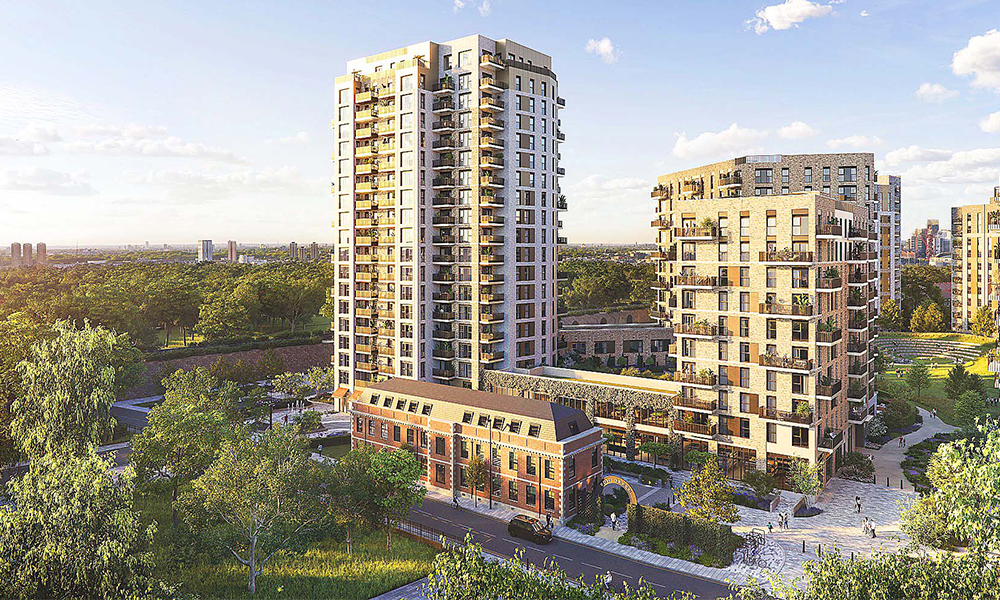
Berkeley has serious history in creating such spaces.
There’s Maribor Park at Royal Arsenal Riverside with its delta-style water feature and the playful Cator Park at Kidbrooke Village, which won both the Sir David Attenborough Award for enhancing biodiversity and The President’s Award at The Landscape Institute Awards in 2020.
For Bow Green, environmental artist Chris Drury has come up with a curvaceous green amphitheatre that will feature a stepped fountain. It sits amid a network of tree-lined pathways and wildflower beds.
“We wanted to give the development something that had a pull both for people living here but also for the wider community,” said Katie.
“There’s a responsibility as a developer for how we activate that space – do we host fairs or performances, for example? What we can do with that space is create moments.
“The other lovely thing is that the park will look and feel completely different whether you’re in it or looking down from one of the apartments.”
Habitation is, naturally, at the core of St James’ design, with Bow Green pitched as a tranquil space for residents to live, which is nevertheless well connected via the Tube from Mile End or Bow Road or the DLR from Devons Road.
Delivered in five phases, the first will see an extensive array of residents facilities built alongside the initial complement of apartments.
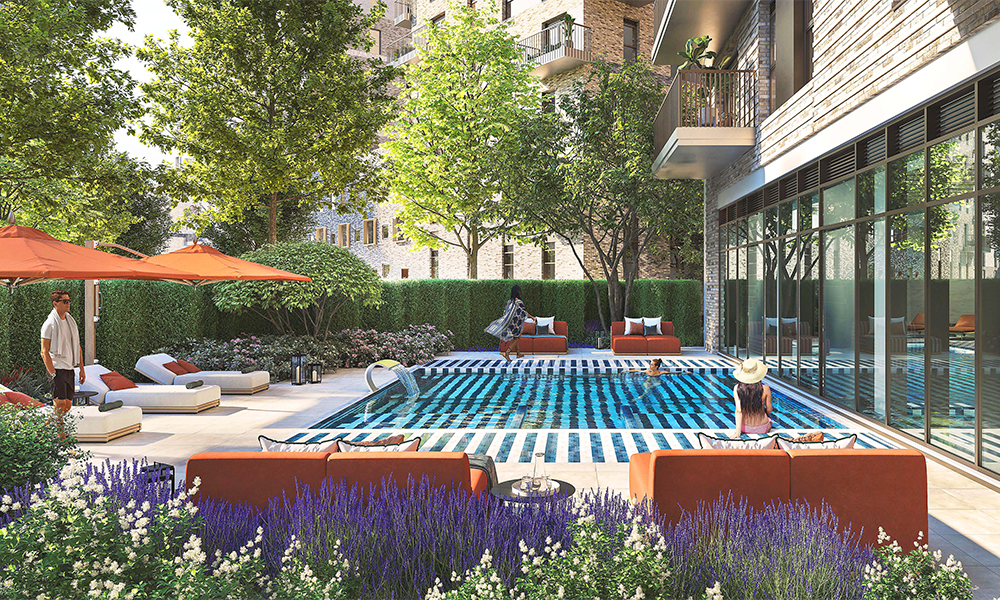
So what’s it going to be like living at Bow Green?
“When you think of east London, it’s often the towers of Canary Wharf or the older housing estates with high-rise blocks, but Bow Green is completely different,” said Jess Chapple, head of sales at St James.
“Here the development is very much intertwined with nature – it’s 50% green space – and the design is also sympathetic to the area and its heritage.
“Here people are buying into a place where the city and nature blend together.
“I imagine someone working in Canary Wharf, Stratford or the City who wants to come home and feel like they’ve got everything on their doorstep, with green space and residents’ facilities brought to them through careful design.
“While they’re surrounded by that golden triangle, when they come here they’ll be taking a step back from the hustle and bustle, while still being in a Zone 2 location.
“The apartments themselves range from studios to three-bedroom homes with specifications that are the result of everything St James has learnt about design, including during 10 years of its scheme in White City.
“That means every apartment has things like coat storage, while studios have separate sleeping areas – we’ve really thought about how people will live in these spaces.
“For us, it’s about constantly evaluating what we’re offering right up until launch, to make sure we’re keeping up with trends in the market and that, ultimately, people will be happy in their homes.”
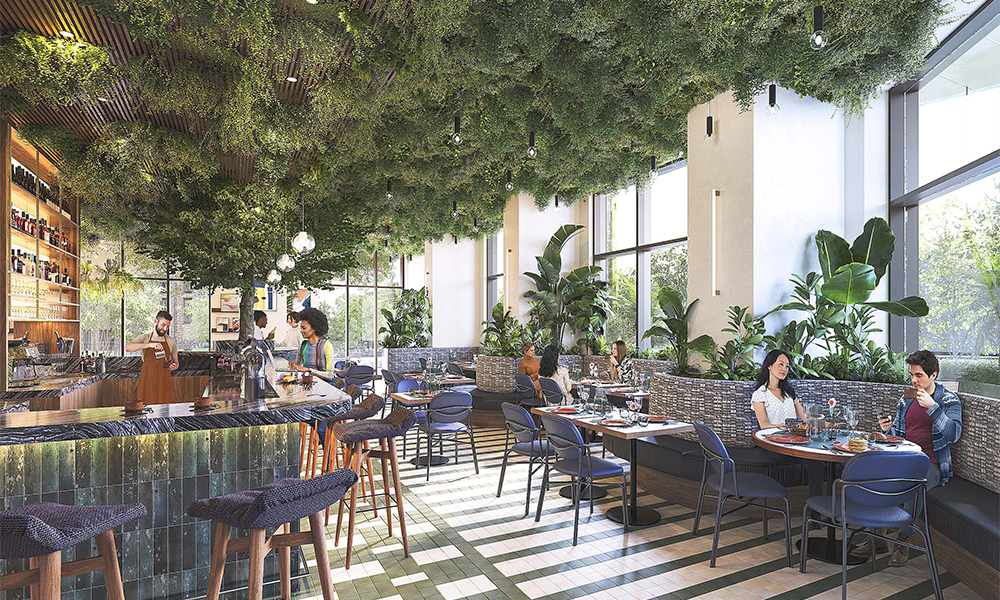
With extensive planting, landscaping and a wealth of amenities, life at Bow Green promises to be filled with diversions.
The spa at the development will feature both indoor and outdoor heated swimming pools, connected visually through large, full-height windows.
Residents will also have access to a fully-equipped gym, which includes a boxing ring alongside treadmills, weights and heavy bags.
The Garden Room will act as a games space, complete with foosball and pool tables, while The Reading Corner promises a place for residents to work, take in a good book or simply watch people pass by.
“When you look at the detail of our plans, there are lots of little nooks and seats for people to use,” said Katie.
“The way life is now, people will pause and take a laptop out anywhere and we’re thinking about those moments.”
On a more leisurely note, Bow Green will also be the first development in the UK to feature an Imax Enhanced cinema for residents to use – a significant boost in quality and picture definition for those who enjoy a good movie.
Then there’s Bow Yard, a public, cobbled outdoor space that will be home to markets and The Canopy restaurant and cafe.
This will feature plentiful greenery, foliage-shaded outdoor seating and dishes made with some ingredients grown in the residents’ botanical garden – a raised space which will be used to cultivate fruit trees and herbs.
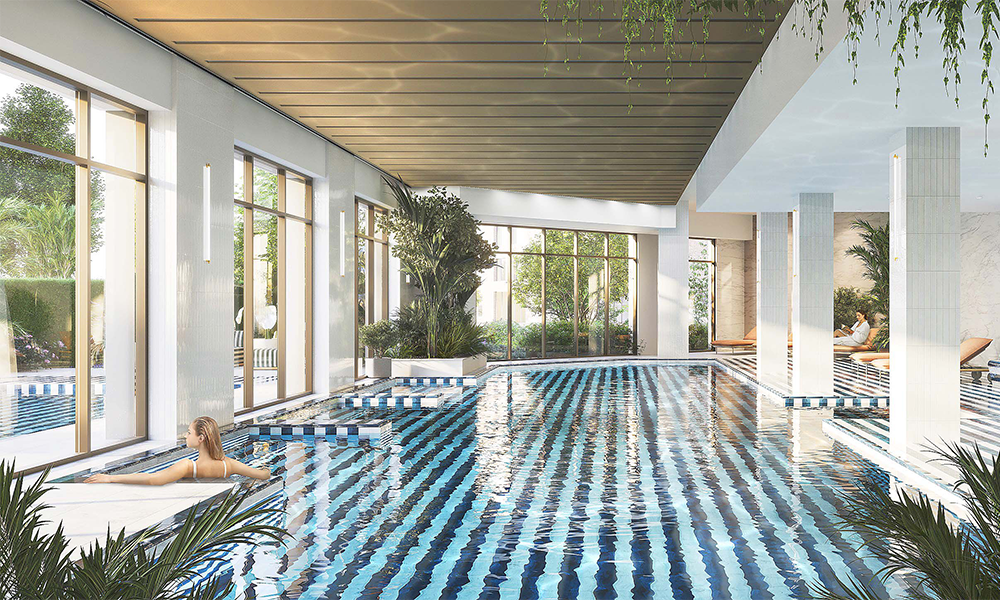
As if that wasn’t enough, there will also be a convenience store on site and a 24-hour concierge service that links residents up to the various amenities.
Transport-wise, the development offers Tube and DLR connections within walking distance and multiple bus stops nearby.
“There are also lots of cycling routes nearby including on the canal to Victoria Park and one that’s less than 10 minutes to Canary Wharf said Jess.
“You can walk there in 25 minutes and there are also places to hire bikes and cars locally if residents need them.
As well as being better value than many Zone 2 developments, we’re also offering a different kind of lifestyle – this place is tranquil and the facilities are outstanding.”
St James is currently marketing homes off-plan in the first phase of Bow Green.
key details
Prices at Bow Green start at £395,000 for a studio, £465,000 for a one-bed and £650,000 for a two-bed.
Three-bedroom homes will also be available as further properties are released.
Service charges are estimated at £4.85 per sq ft.
First completions are expected in 2026. Interested parties can call St James on 020 3814 8110 or find out more here.
Read more: Why MadeFor office space in Canary Wharf is a vital part of its offering
Read Wharf Life’s e-edition here
Subscribe to our free Wharf Whispers newsletter here
- Jon Massey is co-founder and editorial director of Wharf Life and writes about a wide range of subjects in Canary Wharf, Docklands and east London - contact via jon.massey@wharf-life.com




